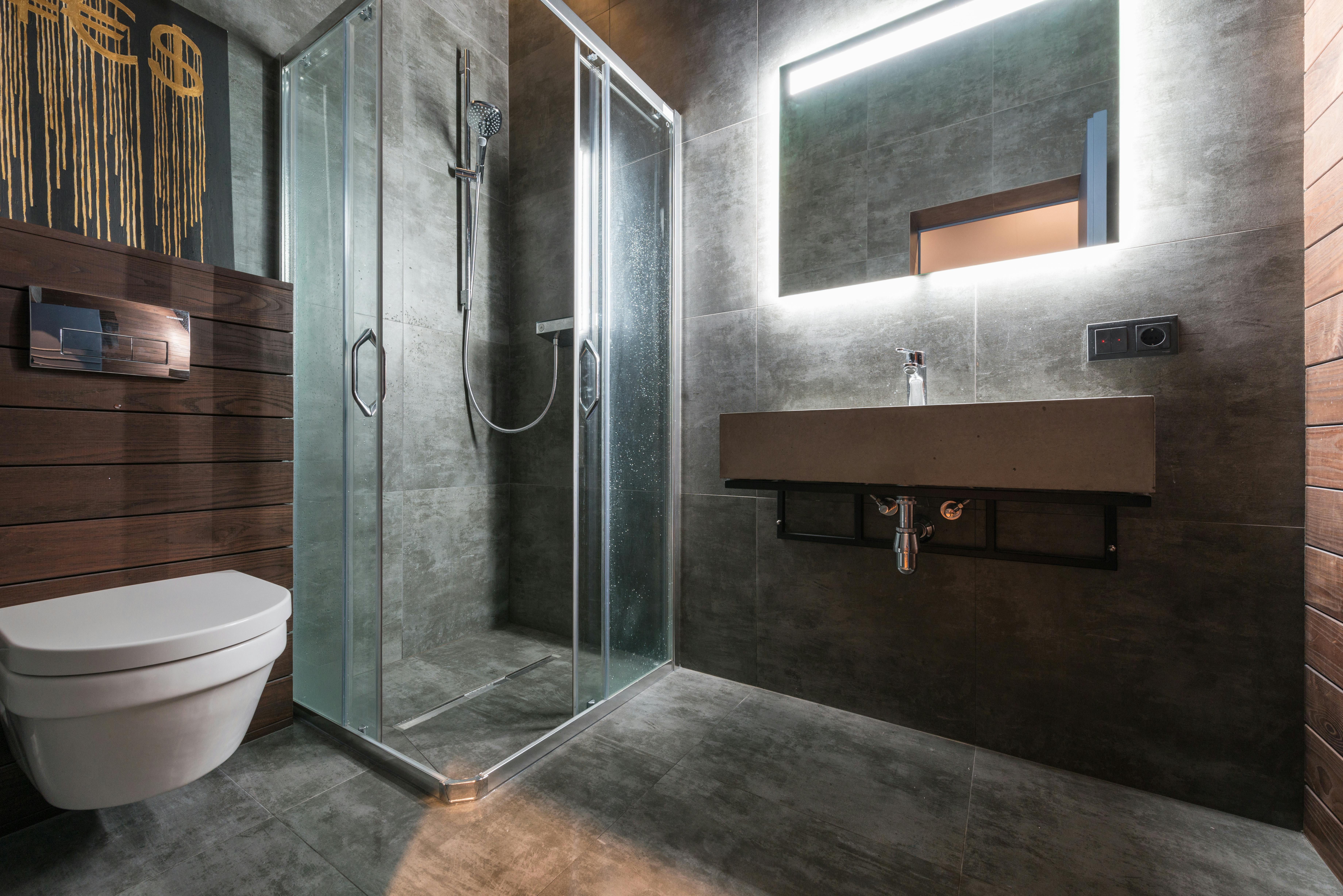
Understanding the Science Behind Efficient Drainage Systems Oct 24, 2025
At its core, an efficient drainage system is designed to transport wastewater away swiftly and effectively, preventing build-up and blockages. The primary components of a typical drainage system include pipes, traps, vents, and fixtures. Understanding how these elements interact can help you appreciate the complexity and importance of maintaining a well-functioning system.
The first principle to consider is gravity. Water always moves downhill, and effective drainage systems exploit this natural force. The gradient or slope of pipes is crucial; too steep a slope can lead to water rushing too quickly, leaving solids behind, while too gentle a slope may cause water to stagnate. For sanitary systems, a gradient between 1% to 4% is typically recommended to ensure water flows smoothly without excessive speed.
Next, consider the role of air in drainage systems. Venting is essential for preventing pressure imbalances which can affect how efficiently water drains. Vents (typically installed vertically) allow air to enter the drainage pipes, ensuring that the wastewater flows freely and odors do not enter living spaces. This process relies on basic physics principles, specifically the path of least resistance, which ensures that airflow facilitates the efficient movement of water through the pipes.
Another key component of efficient drainage systems is the trap, most commonly associated with the P-trap under sinks. The purpose of a trap is to retain a small amount of water, creating a barrier that prevents sewer gases from entering your home. Regular cleaning and maintenance of these traps are vital, as build-up can disrupt their function and lead to unpleasant odors or more significant blockages.
Moreover, modern technology plays an instrumental role in enhancing drainage efficiency. High-definition drain cameras, for instance, allow for meticulous inspections that identify issues such as cracks, blockages, and corrosion without invasive measures. Such technologies are a staple of Harvey's Drain Solutions' practices, providing accurate diagnoses and minimizing the need for costly repairs.
Furthermore, preventive maintenance is a critical consideration. Regular inspections and cleaning can extend the lifespan of your drainage system while averting emergencies. For residential properties, simple measures such as avoiding pouring fats, oils, and greases down the sink can prevent many common blockages.
Finally, understanding the materials used in drainage systems can inform decisions and anticipate potential problems. Traditional materials like cast iron or clay have given way to modern PVC and ABS plastics, which offer durability and ease of installation. Each material has its characteristics, and understanding these can be beneficial when considering upgrades or repairs.
In conclusion, the science behind efficient drainage systems is multifaceted, encompassing physical principles, strategic design, and technological advances. By understanding these elements, customers can partner effectively with Harvey's Drain Solutions to maintain and improve their drainage systems. Proactive management, regular maintenance, and informed practices are foundational in maximizing system life and functionality, thus preventing frequent and costly plumbing issues. Whether for troubleshooting or planning future improvements, an informed approach to drainage can make all the difference in the health of your plumbing system.
/filters:no_upscale()/filters:format(webp)/media/512d352b-ab11-4091-8206-cf70ec8a3160.jpeg)
/filters:no_upscale()/filters:format(webp)/media/e8b54dfa-0c29-4deb-95f2-df23107bec7d.jpeg)